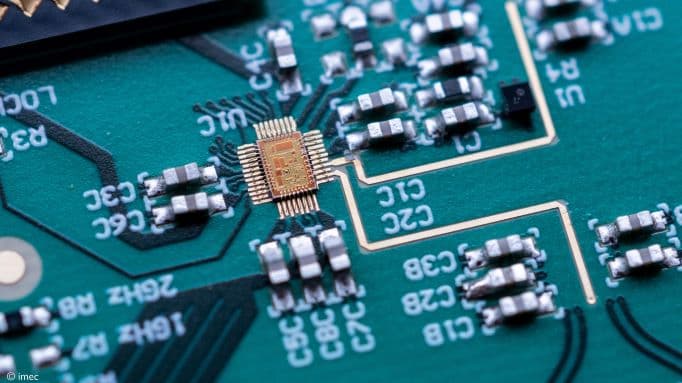The deployment of industrial IoT (IIoT) networks is a complex exercise, the catch being that one-size-fits-all IIoT connectivity technology doesn’t exist. Instead, all depends on evaluating IIoT networks’ trade-offs in terms of coverage, capacity, latency, reliability, energy usage, etc.
Wired networks have a longstanding tradition of meeting the industrial IoT’s demands. Ethernet and Fieldbuses have been the default technology options for exchanging factories’ time-critical data since the 1980s. Yet, while they are highly robust, wired networks come with a substantial cost and a high degree of complexity – as cables need to be drawn to every machine, sensor, and actuator.
In a recent paper, researchers from IDLab (an imec research group at Ghent University and the University of Antwerp, Belgium) therefore evaluated several wireless connectivity options to support mission-critical Industrial Wireless Sensor and Actuator (IWSAN) applications; wireless technologies that can cope with challenging network conditions – characterized by lots of interference and reflection – while accommodating a high degree of reliability and a relatively low latency.
The study specifically looked into using wireless IoT technologies to cover large industrial sites at a reasonable cost. Of course, more powerful wireless technologies exist in terms of throughput and latency, but they were disregarded due to reduced range, higher infrastructure costs, and increased power consumption.
On the one hand, the researchers evaluated several long-range single-hop technologies (such as LoRa, Wi-Fi HaLow, and Narrowband-IoT) that use a single gateway to connect all sensors and actuators. On the other hand, they also studied various long-range multi-hop alternatives (including WirelessHART, ISA100.11a, BLE mesh, and Time Slotted Channel Hopping – with each device relaying the data from devices further down the network.
Both technology options have their merits, but the multi-hop approach clearly comes with more complex scheduling and synchronization schemes, a higher sensitivity to latency, and a more intricate network design.
In contrast, a particularly interesting single-hop alternative appears to be the Wi-Fi HaLow flavor. This sub-GHz technology option accommodates relatively high data rates (up to 7.8Mbps in the 2MHz band), and can cover an area of a few hundred meters while featuring several QoS parameters and limited network complexity.
As we advance, actual cases will determine whether Wi-Fi HaLow complies with the IoT’s connectivity specs – and whether it stands a chance of being commercialized.
This article previously appeared on the website of EETimes Asia.

Jeroen Hoebeke is an associate professor at IDLab, an imec research group at Ghent University / University of Antwerp (Belgium). Jeroen coordinates the team’s research into mobile and wireless (IoT) networks and is responsible for an academic course on the Internet of Things. His key research topics include: wireless IoT connectivity (LPWANs, 802.15.4, BLE, Wi-Fi Halow, etc.), full stack protocols for constrained embedded devices (6LoWPAN, SCHC, CoAP, LwM2M, etc.), deterministic wireless networking, wireless network monitoring and management.
More about these topics:
Published on:
18 January 2022













